5 best native plants to stop weeds – make caring for your garden easier while adding some beauty
Keep weeds at bay without compromising on your planting design
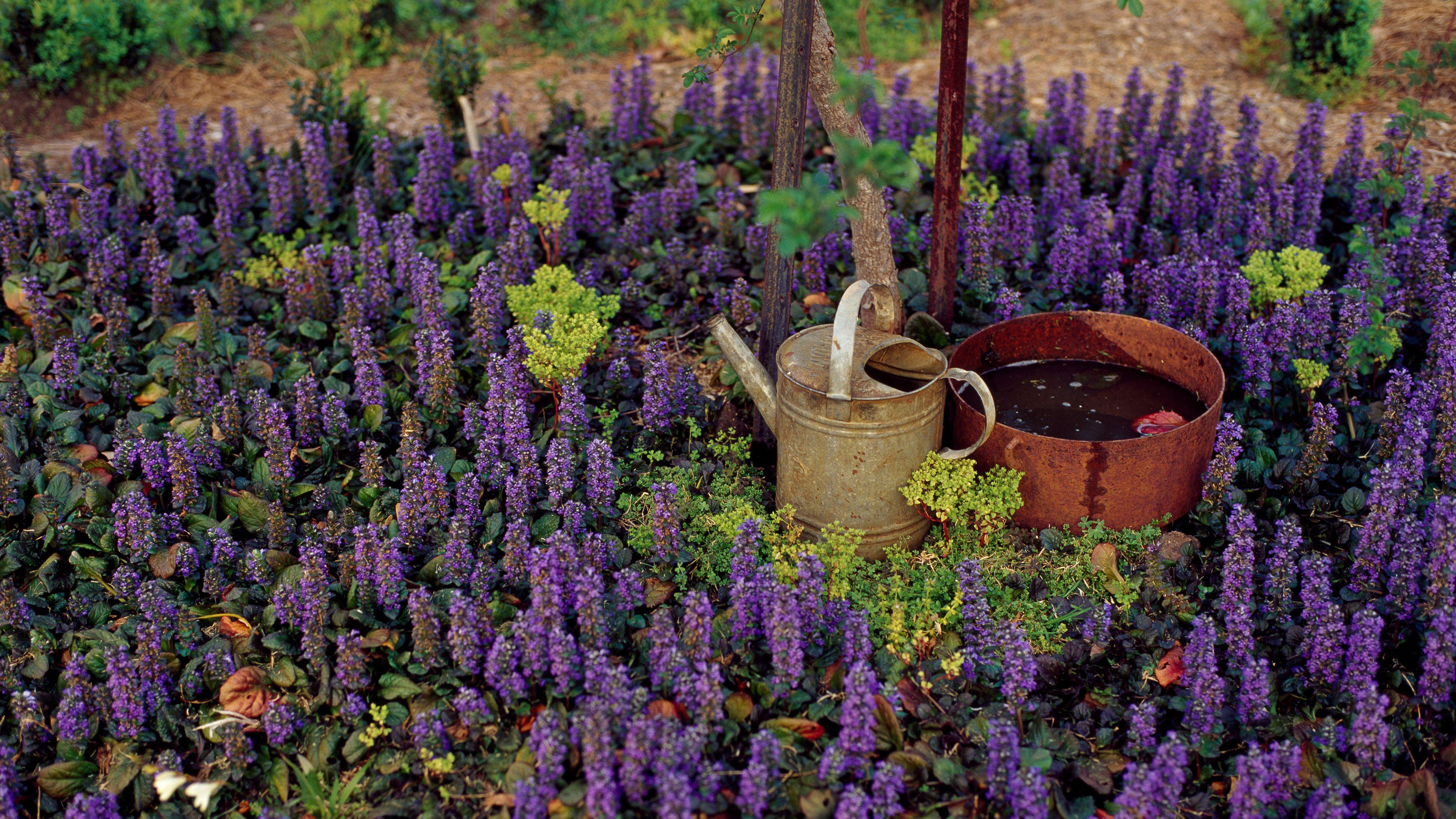

There are plenty of native plants to stop weeds, however, the best ones are those that also add colour and character to your garden. This can come in the form of pretty flowers, interesting leaves or a beautiful fragrance.
In many cases, the plants are so lovely, that you'll forget that they're also getting rid of weeds naturally. So why would you not plant one of these native plants to stop weeds and hang up the tools for good?
If you're looking for native plants to stop weeds, then ground cover is your friend. 'With ground cover plants, you’re not just decorating your garden – you’re giving it a natural defence against weeds,' explains Chris Ware, a local gardening expert from Climbing Wild Gardeners.
'By forming a dense canopy over the soil, ground cover plants block sunlight and prevent weed seeds from sprouting.' So it makes sense that ground cover plants can suppress weeds.'
Why you should use native plants to stop weeds
The benefit of opting for native plants to stop weeds, over non-native varieties is that they are more wildlife-friendly – meaning that you can not only use these plants to stop weeds but they can encourage biodiversity in your garden too.
Planting the best native plants to stop weeds will also reduce the amount of time and money you have to spend weeding – allowing you to spend more time enjoying your garden. Preventing weeds in this way is also a lot more sustainable and non-toxic method than those typically used to kill weeds.
1. Sedum Anglicum (English Stonecrop)
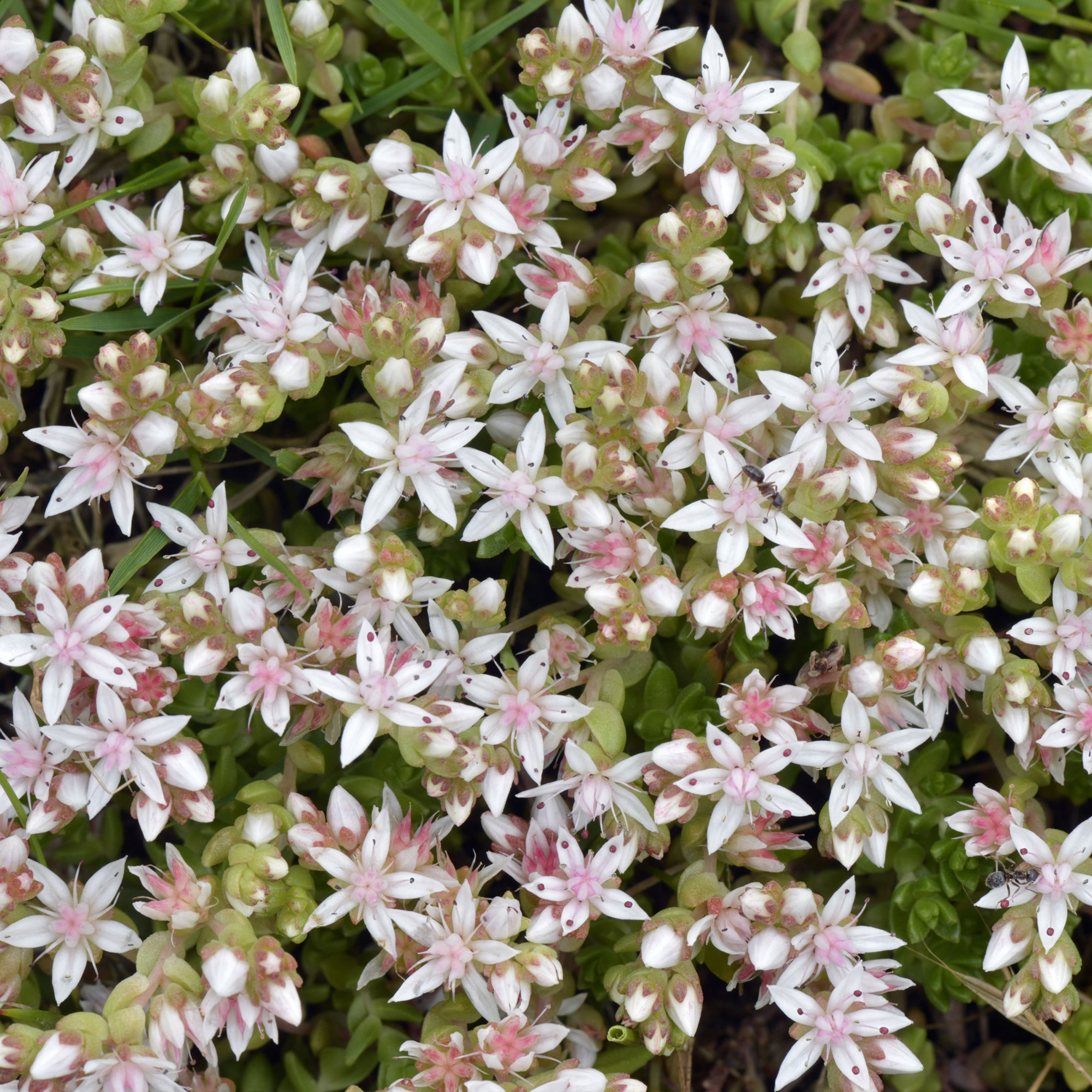
As its name suggests English Stonecrop is one of the few sedums that is native to the UK. This pretty low-growing plant is the perfect all-rounder, giving evergreen ground cover all year. Since it requires full sun, it benefits from being in a south-facing or west-facing garden.
Reaching a maxmimum height of around 10cm tall with a spread of 0.5 metres, you don't have to worry about this creeping succulent from taking over the garden.
Only available from smaller nurseries – English Stonecrop can be bought at Naturescape and Wildflowers.uk.
2. Chamaemelum nobile (Chamomile)
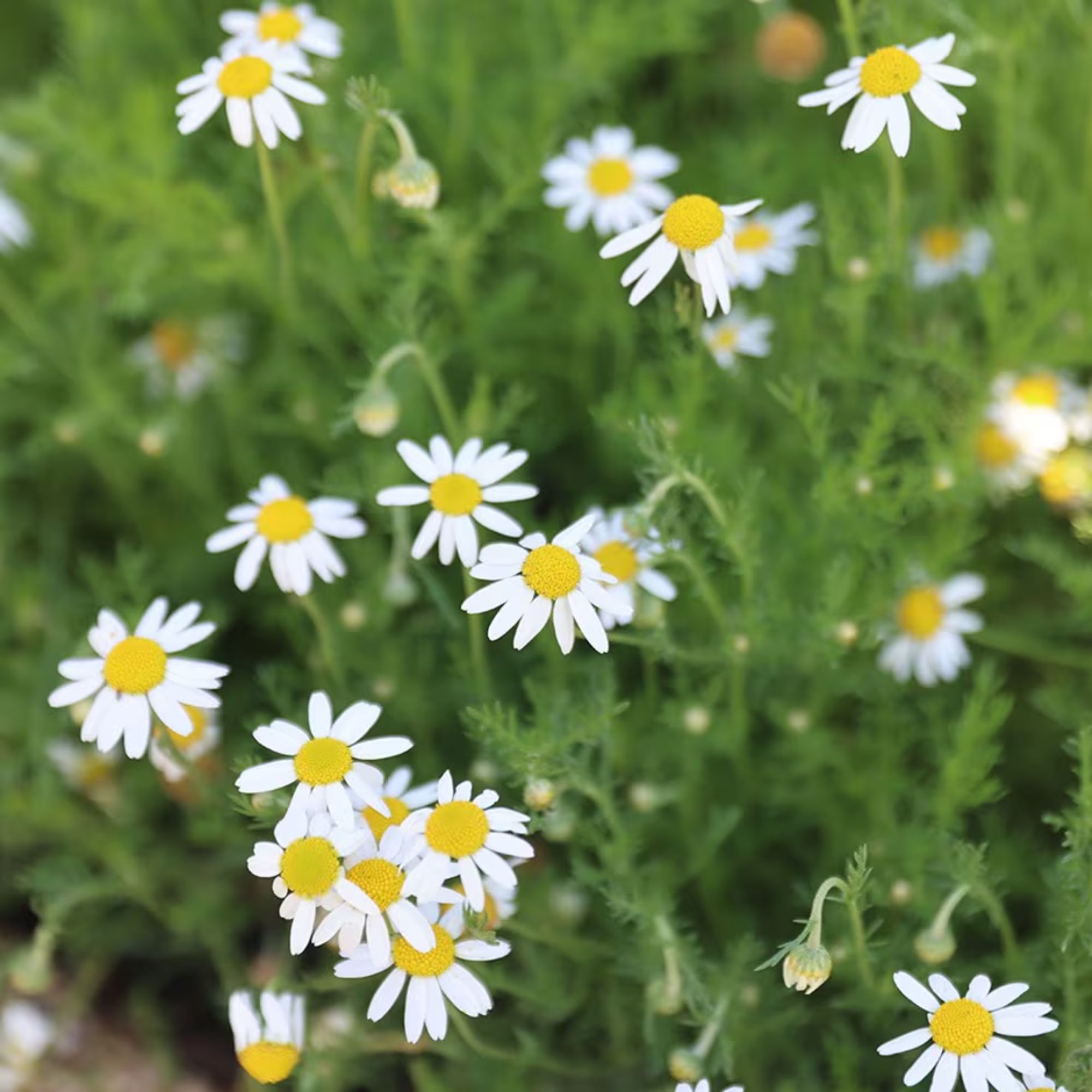
Belonging to the daisy family, chamomile is a dense matt-forming plant and one of the best native plants to stop weeds. 'With a lovely apple scent, chamomile thrives in warm, sunny spots,' says Julian Palphramand from British Garden Centres.
For weeds between paving, Sally Cunningham from Garden Organic advises planting chamomile between the cracks. 'It will withstand light foot traffic and occupy the space where a weed might grow,’ says Sally.
Chamomile can be grown from seed – Crocus sells a packet with approx 400 seeds – or they can be purchased as established plants – like these from JParker's.
If hoping to use chamomile as a low-maintenance lawn alternative, then make sure you follow the expert advice on how to grow a chamomile lawn for the greatest chance at success.
3. Galium odoratum (Woodruff)
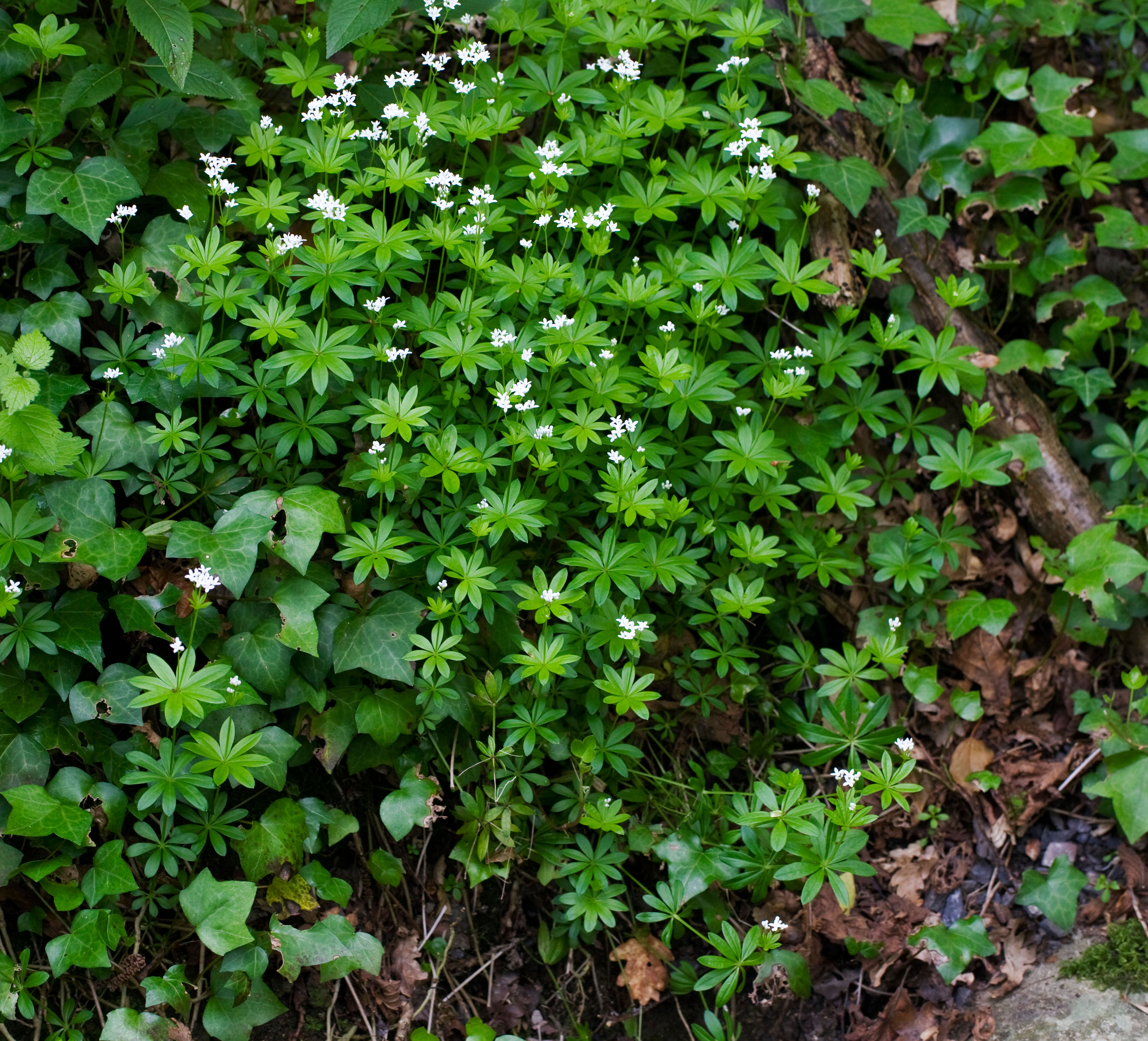
This matt-forming perennial is perfect for spaces where weeds are a constant battle. Forming dense ground coverage prevents light from accessing the soil beneath and stops weeds from thriving.
In addition to its weed-fighting powers, it's also a beautiful plant in its own right. 'I love sweet woodruff (Galium odoratum) with its whorls of bright green leaves and a confetti of white-scented flowers in spring,' says Sarah Raven, garden expert.
Sarah Raven sells a set of three Galium Odoratum in 9cm pots – perfect for adding instant character to the garden – while Gardening Express sells a single larger Galium Odoratum in a 2ltr pot.
4. Lamium galeobdolon (Yellow Archangel)
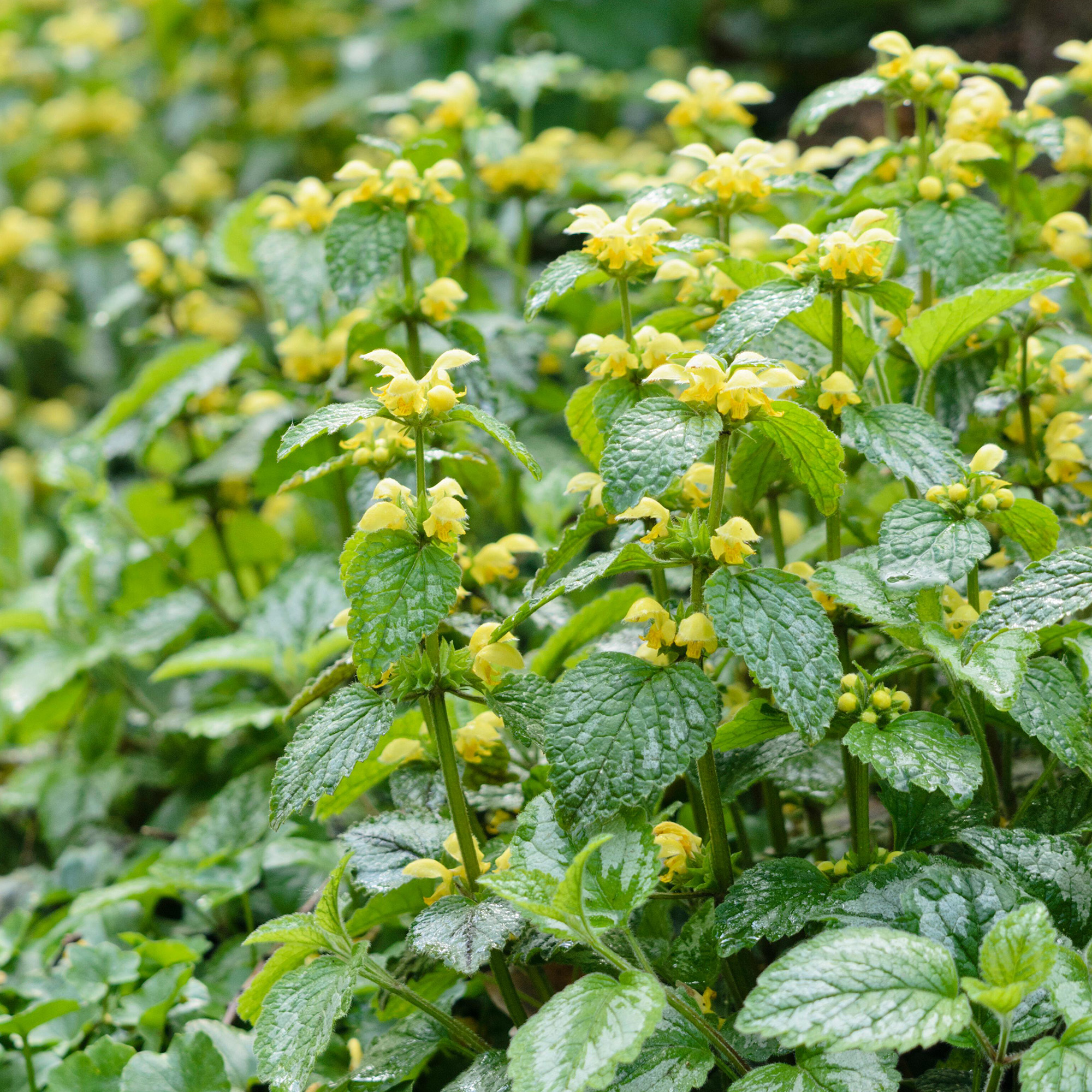
A pollinator-friendly choice, this perennial is also known as Yellow Archangel on account of its wing-shaped speckled leaves and yellow blooms. It is the flowers – which bloom in spring and summer – that make Lamium galeobdolon one of the best plants for bees.
'Tough and resilient, they thrive in shade on almost any soil, making them ideal ground cover,' explains experts from Thompson & Morgan. Lamium galeobdolon 'Hermann's Pride' is available at Thompson & Morgan in a 1lt pot, ready to plant in the garden.
5. Ajuga reptans (Bugleherb)
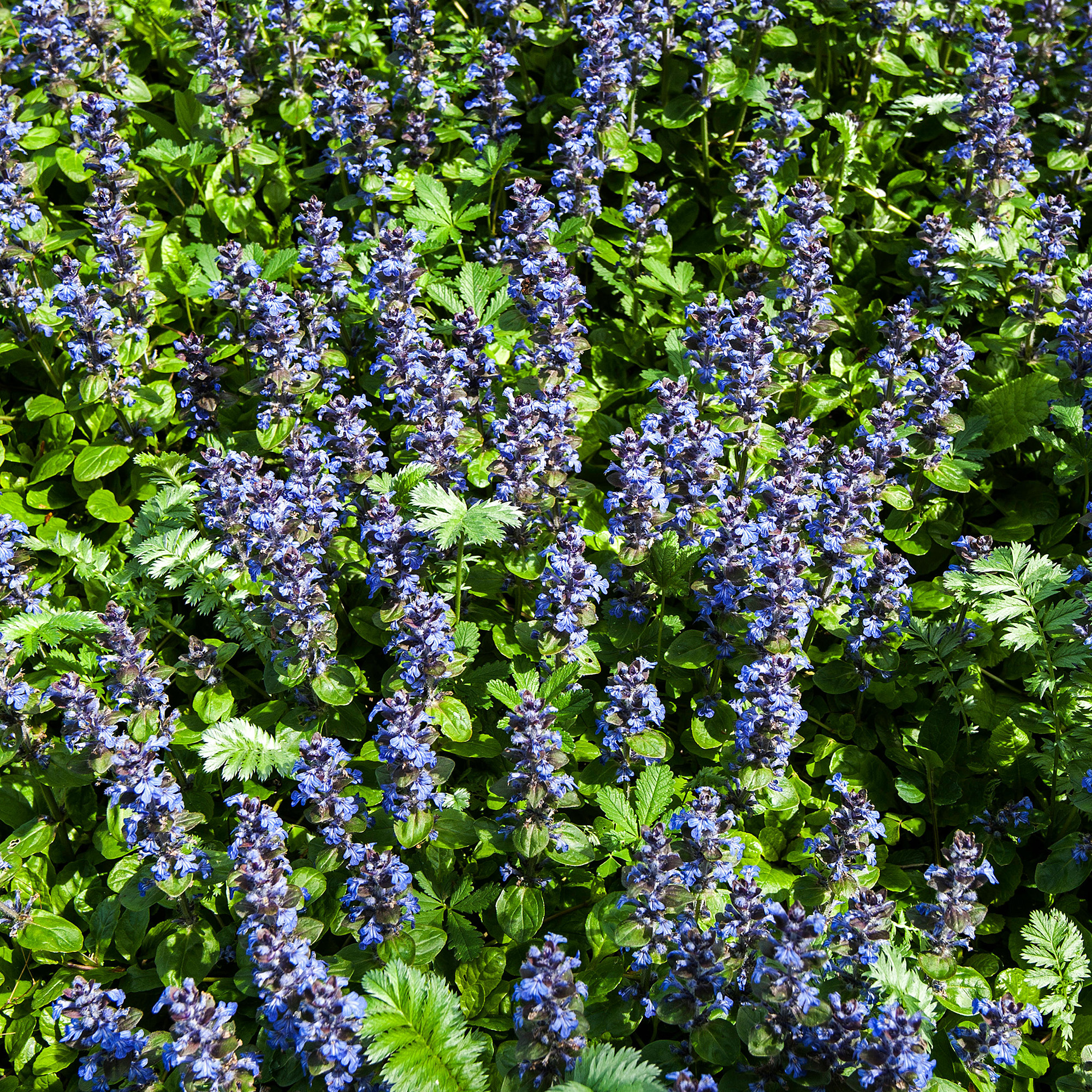
'Ajuga forms dense foliage that is perfect for keeping weeds at bay. Deep blue flowers appear on spikes in spring and summer. Plant by slightly damp, shady paths, close together, and the individual plants will intertwine as they grow,' explains gardening expert, Leigh Clapp.
An added benefit of Ajuga is that it is easy to propagate. 'In moist conditions, Ajuga spreads rapidly, creating a loose mat. To control, simply cut off sections – if you aren't sure then make sure you learn how to trim ground cover plants – and replant them to add to different parts of the garden,' says Annelise Brilli, horticultural expert for Thompson & Morgan.
You can purchase Ajuga reptans from as established plants from Gardening Express or as seeds from Crocus.
Get the Ideal Home Newsletter
Sign up to our newsletter for style and decor inspiration, house makeovers, project advice and more.

Holly is one of Ideal Home’s content editors. Starting her career in 2018 as a feature writer and sub-editor for Period Living magazine, she has continued this role also adding regular features for Country Homes & Interiors and the Ideal Home website to her roster. Holly has a passion for traditional and country-inspired interiors – especially kitchen design – and is happiest when exploring the countryside and hills of the Lake District. A keen gardener, she is a strong believer that you can never have too many houseplants.
You must confirm your public display name before commenting
Please logout and then login again, you will then be prompted to enter your display name.
-
 My go-to Ninja coffee machine is on sale for Easter weekend
My go-to Ninja coffee machine is on sale for Easter weekendIt makes coffee shop quality achievable at home
By Molly Cleary
-
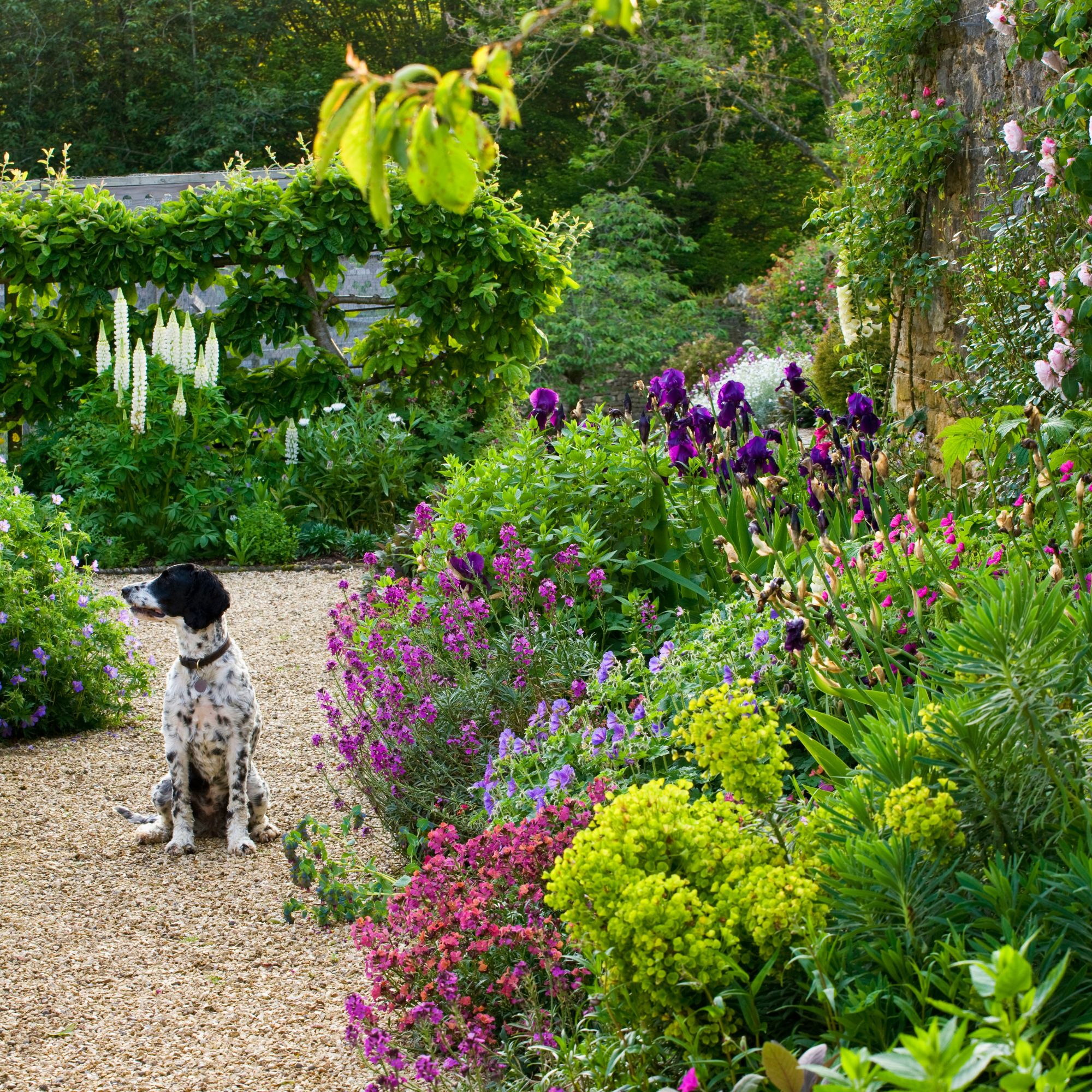 When to plant out annual flowering plants for vibrant, colourful garden borders – and give them the best start, according to experts
When to plant out annual flowering plants for vibrant, colourful garden borders – and give them the best start, according to expertsNot sure when to plant out annual flowering plants? We've got you covered...
By Kayleigh Dray
-
 I'm a kitchen decor editor and didn't like this tableware trend - until I saw H&M Home's designer-look plates
I'm a kitchen decor editor and didn't like this tableware trend - until I saw H&M Home's designer-look platesThey made it easy to justify a new crockery set
By Holly Cockburn